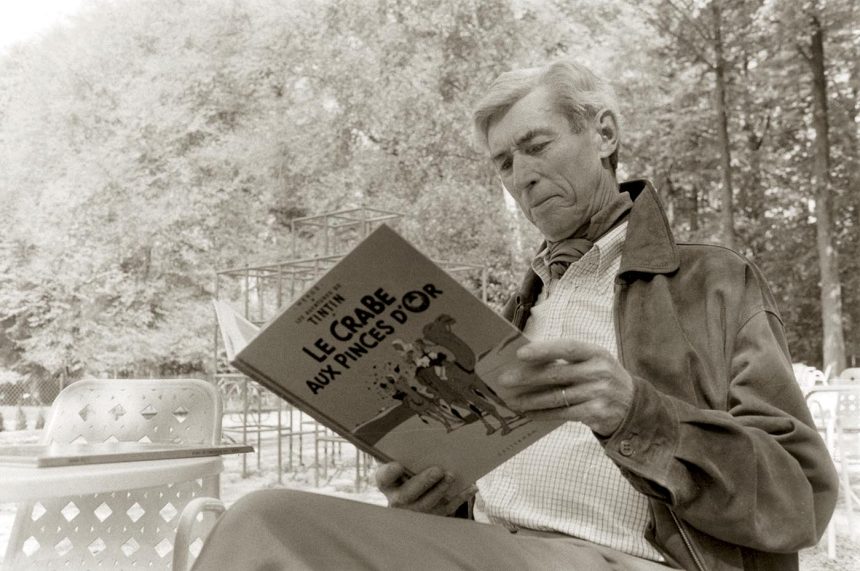Hergé: Father of Tintin
Belgian comic book artist George Remi, alias Hergé, is considered a pioneer of early 20th-century European comics. He is the creator of the Adventures of Tintin and Snowy

Belgian comic book artist George Remi, alias Hergé, is considered a pioneer of early 20th-century European comics. He is the creator of the Adventures of Tintin and Snowy

